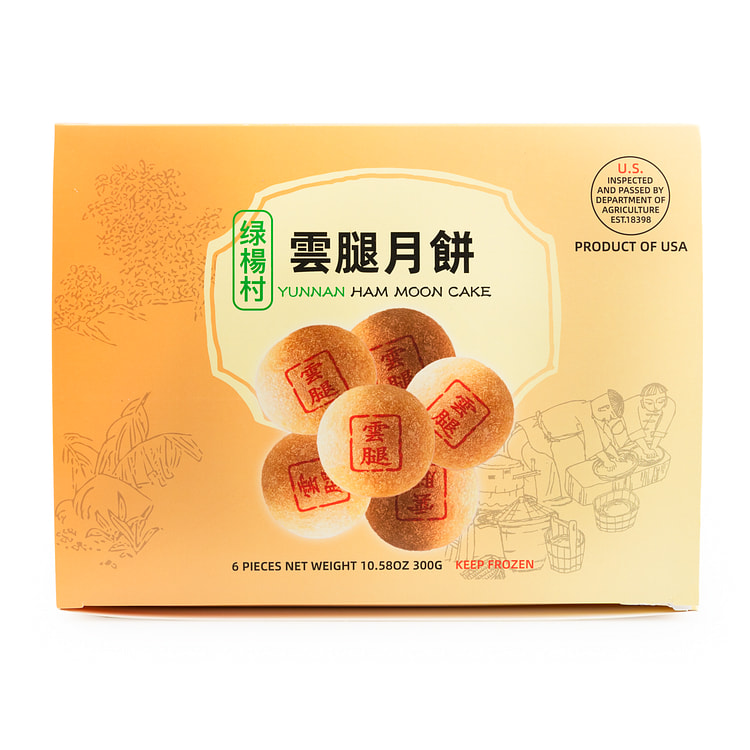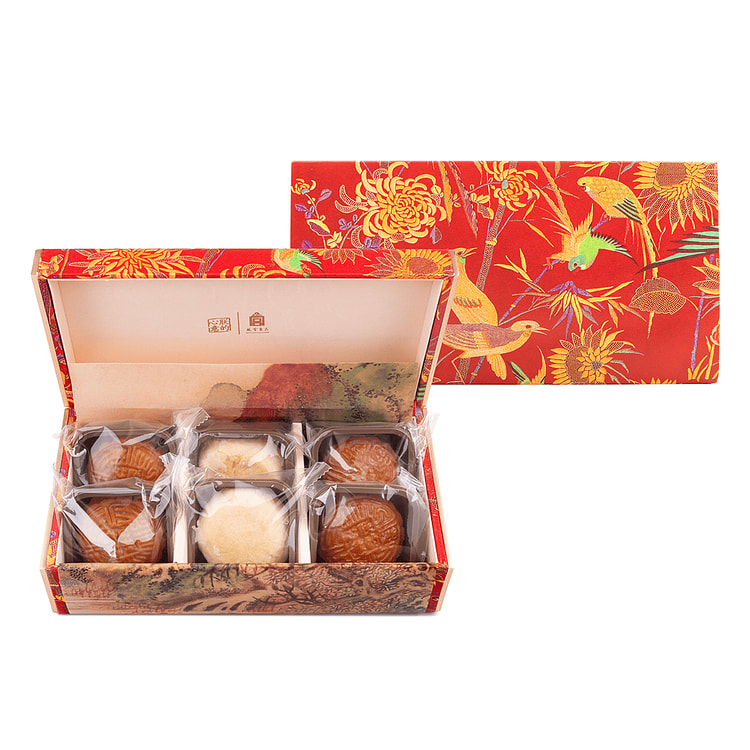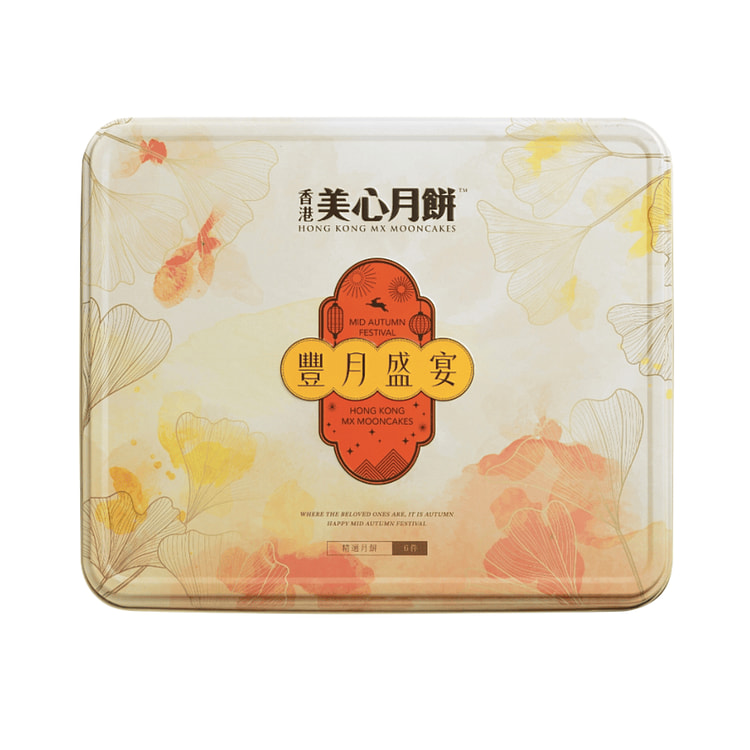Buy filipino muhlach ensaymada online

Filipino Muhlach Ensaymada: A Delicious Tradition Worth Exploring
Top 5 products for Filipino Muhlach Ensaymada
Latest reviews
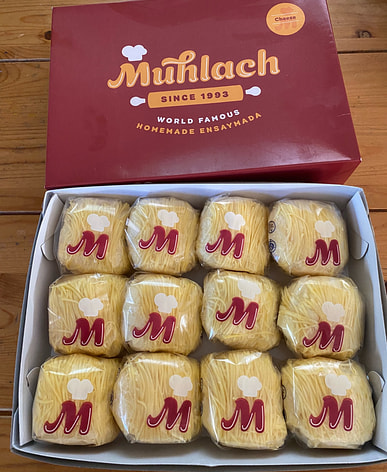 yummies! wish they were bigger size
yummies! wish they were bigger size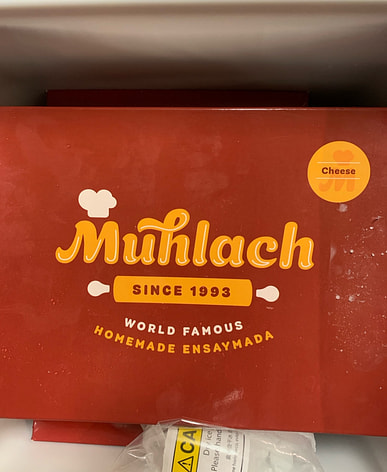 Very cheesy treats!
Very cheesy treats! Tastes like home
Tastes like home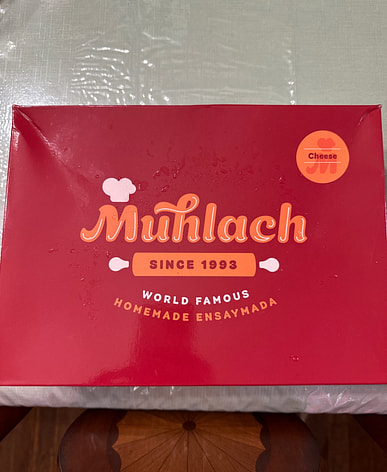 So good, worth the price. ;)
So good, worth the price. ;)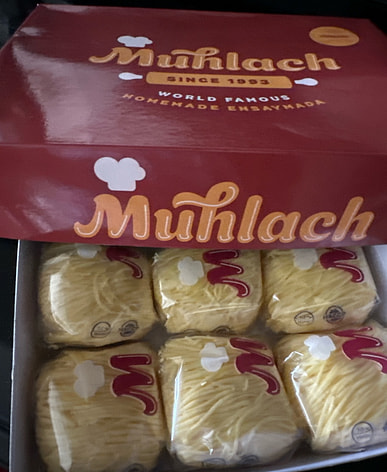 Came in great condition! Good packaging!
Came in great condition! Good packaging!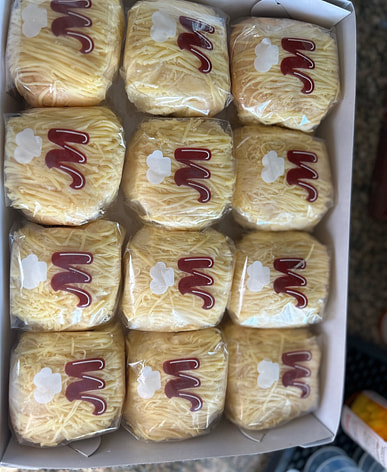 Been buying this when they go on sale. I like it because of its superior texture (soft, moist, and fluffy) and generous cheese topping.
Been buying this when they go on sale. I like it because of its superior texture (soft, moist, and fluffy) and generous cheese topping.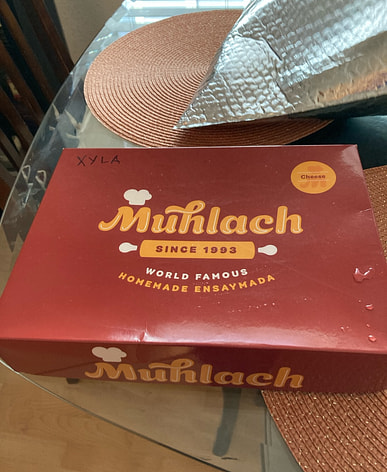 Muhlach Ensaymada Cheddar Cheese Flavor is good and cheesy.
Muhlach Ensaymada Cheddar Cheese Flavor is good and cheesy.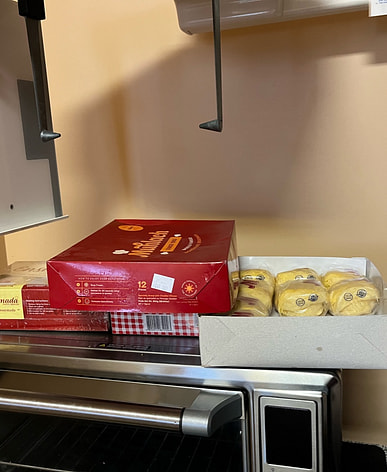 It’s so yummy
It’s so yummy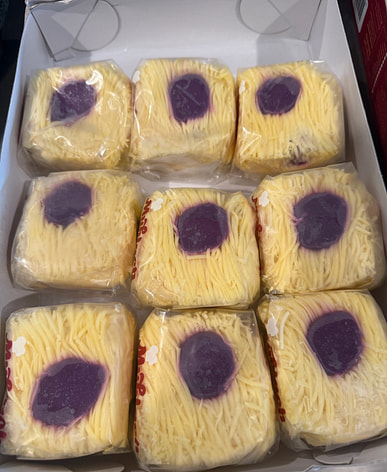 The one with one is better for me
The one with one is better for me
Latest reviews
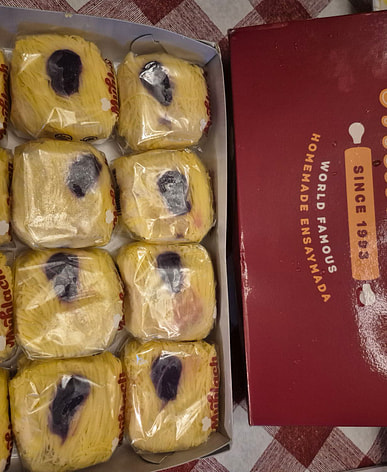 Fresh and delicious. Cheaper than other sellers.
Fresh and delicious. Cheaper than other sellers.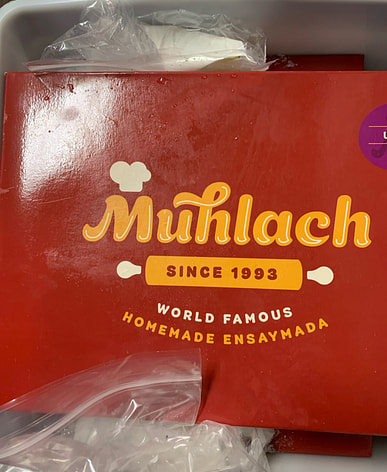 Yummy ensaymada
Yummy ensaymada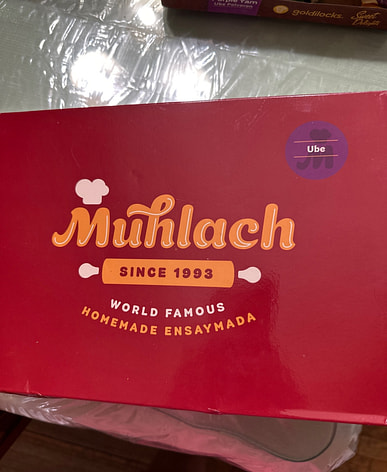 So good, worth the price. ;)
So good, worth the price. ;)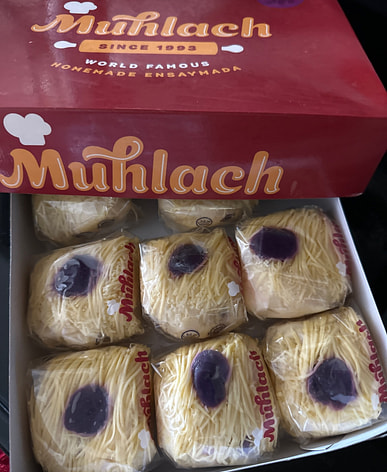 The ensaymada is so good!
The ensaymada is so good! still yummy n soft after microwave for 30secs
still yummy n soft after microwave for 30secs Just okay. I was expecting it to be really good. The ube doesn’t taste like ube
Just okay. I was expecting it to be really good. The ube doesn’t taste like ube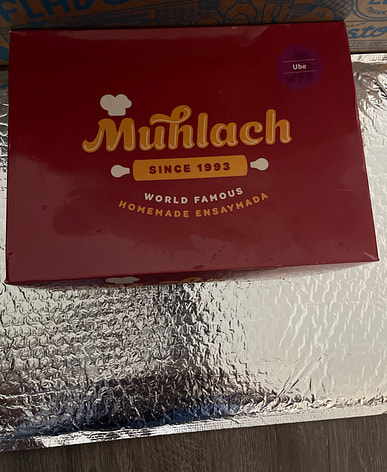 Excited to try this product. Read some positive reviews and I’m hopefully it will be as good as they say.
Excited to try this product. Read some positive reviews and I’m hopefully it will be as good as they say.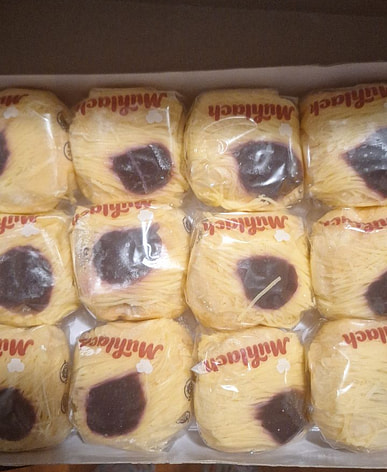 They're so good!
They're so good! These are good!
These are good!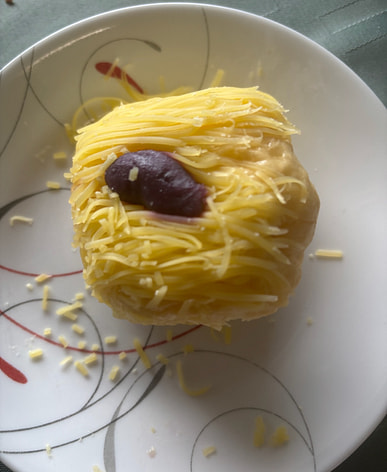 Warm for 30secs and so good for my snacks. The purple yam makes it so good. It’s addicting so I always buy 2 boxes.
Warm for 30secs and so good for my snacks. The purple yam makes it so good. It’s addicting so I always buy 2 boxes.
Latest reviews
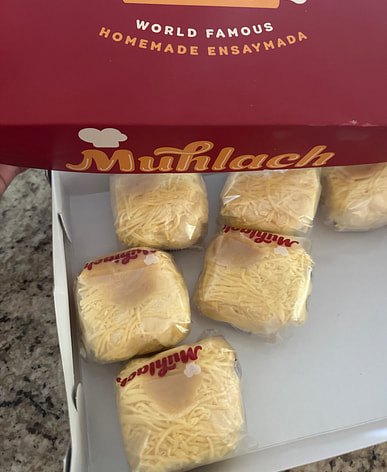 Really yummy
Really yummy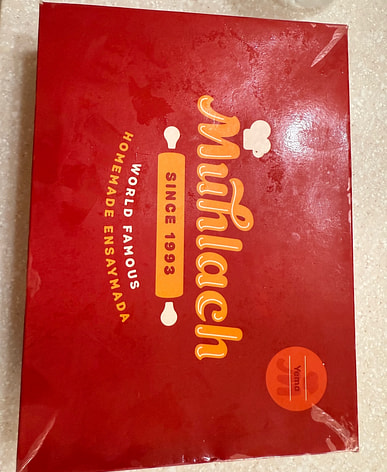 Muhlac ensaymada is one of my absolute favorites!!! The texture, the cheese, and how soft the bread is — it just melts in your mouth! It’s sooo worth it! I’ll definitely be buying more in the future! As you can see… 3 ensaymadas are already gone!
Muhlac ensaymada is one of my absolute favorites!!! The texture, the cheese, and how soft the bread is — it just melts in your mouth! It’s sooo worth it! I’ll definitely be buying more in the future! As you can see… 3 ensaymadas are already gone!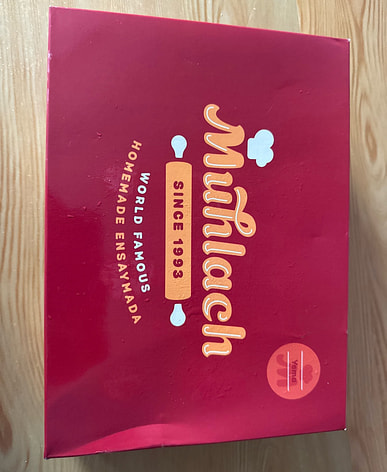 Yummy this muclach tastes amazing.
Yummy this muclach tastes amazing.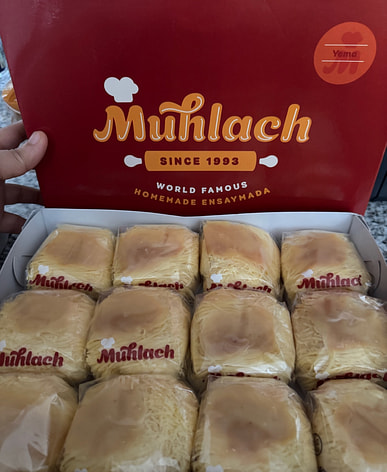 I bought different flavors for potluck! So good! I’m glad that it’s individually wrapped.
I bought different flavors for potluck! So good! I’m glad that it’s individually wrapped. Cant wait to have this, all good conditions and perfectly delivered!
Cant wait to have this, all good conditions and perfectly delivered!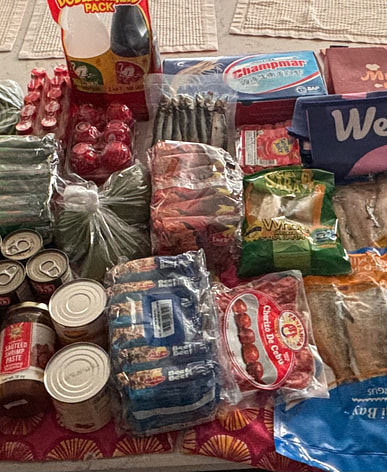 Craving satisfied!
Craving satisfied! The bread is so soft and cheesy
The bread is so soft and cheesy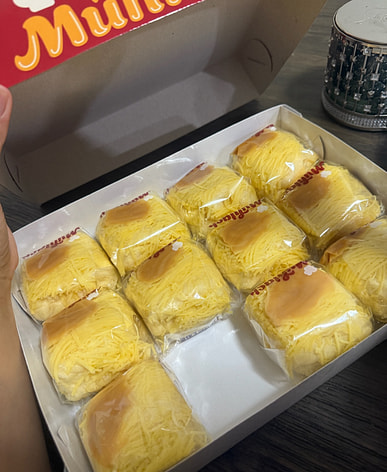 Coffee in the morning and dessert before bed are delicious, hehe
Coffee in the morning and dessert before bed are delicious, hehe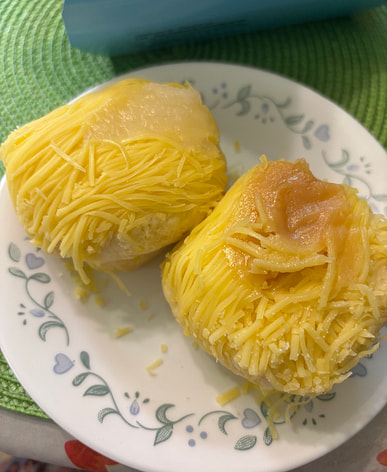 They were good. Different with cheese.
They were good. Different with cheese.
Latest reviews
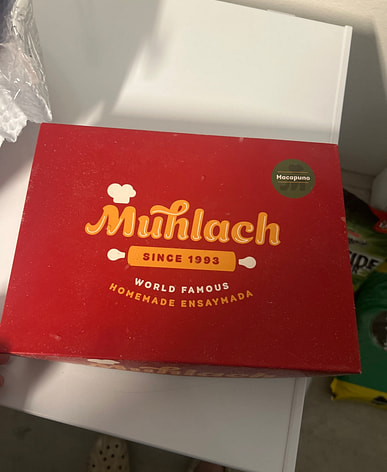 Just as I wanted
Just as I wanted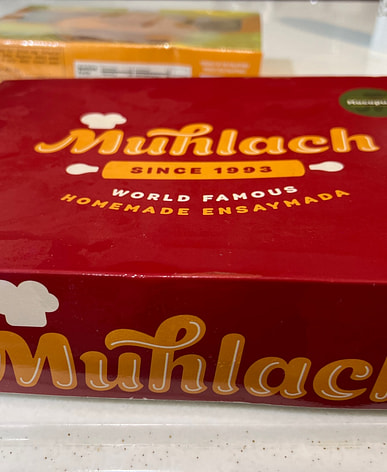 The box came without the plastic seal?
The box came without the plastic seal?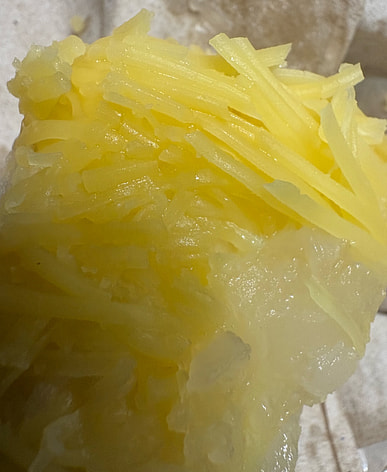 Warm it up in the microwave for few secs, yum! This is my 3rd purchase. Will buy again!
Warm it up in the microwave for few secs, yum! This is my 3rd purchase. Will buy again! taste so good!!! Great packaging… Will definitely order it again
taste so good!!! Great packaging… Will definitely order it again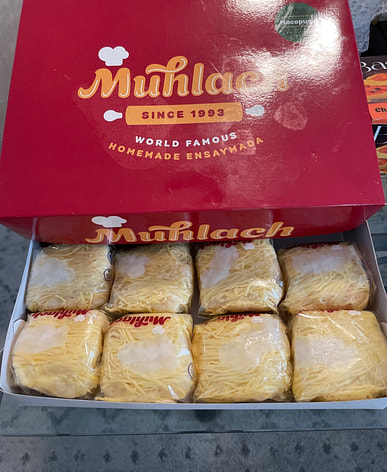 On sale at $5.49 a box of dozen ensaymada with macapuno
On sale at $5.49 a box of dozen ensaymada with macapuno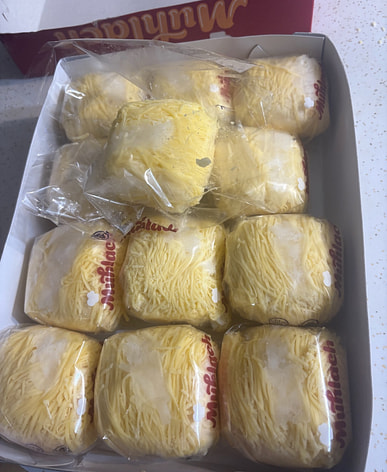 Warm them up for few secs in the microwave! Yum!
Warm them up for few secs in the microwave! Yum!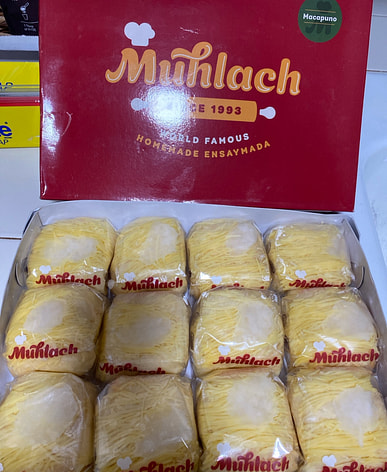 hubby loved these! will try ube & yema flavor next time
hubby loved these! will try ube & yema flavor next time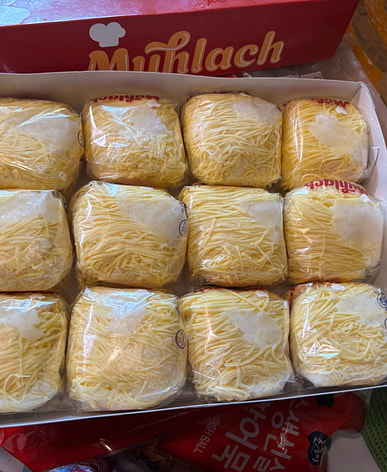 The coconut cream is on top. Overall is good
The coconut cream is on top. Overall is good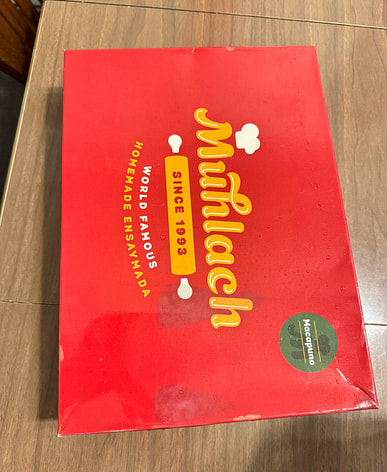 Would prefer yung assorted flavor but since eto available, it’s good to try! 4 stars kasi yung makapuno is on top of the ensaymada lang, would be a little better if meron din makapuno inside. But taste is 10/10
Would prefer yung assorted flavor but since eto available, it’s good to try! 4 stars kasi yung makapuno is on top of the ensaymada lang, would be a little better if meron din makapuno inside. But taste is 10/10
Latest reviews
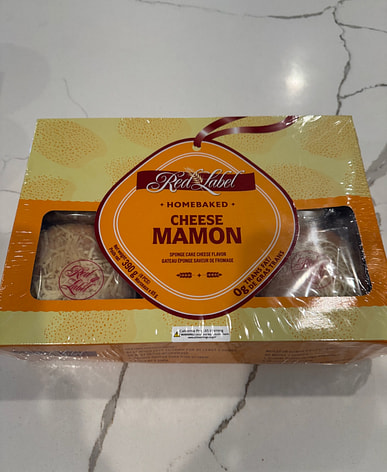 Ordered a lot
Ordered a lot Looks delicious
Looks delicious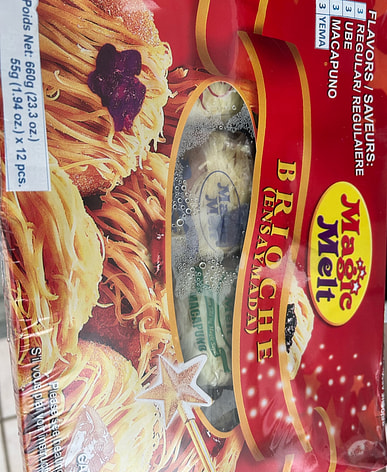 Just received today. Definitely will enjoy this famous snacks from the Philippines. Thank you Weee!
Just received today. Definitely will enjoy this famous snacks from the Philippines. Thank you Weee! This was worth buying! It’s really yummy. Small but size but still good
This was worth buying! It’s really yummy. Small but size but still good nice and soft
nice and soft Was skeptical coz I used to get the Mulach brand however tried one today not bad at all !
Was skeptical coz I used to get the Mulach brand however tried one today not bad at all ! My first time to buy this. I’ll see…
My first time to buy this. I’ll see…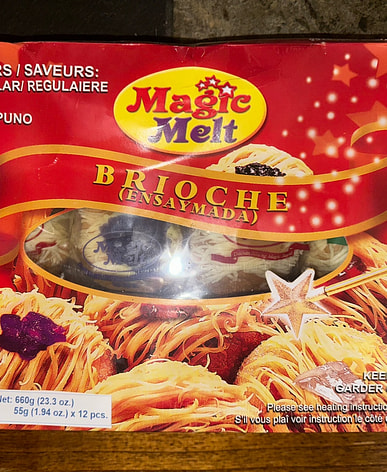 For this being only $13.99 you get a variety flavors of 3 regular, 3 ube, 3 macapuno, and 3 yema is so worth it. And I love how individually pack so I can just eat it anytime.
For this being only $13.99 you get a variety flavors of 3 regular, 3 ube, 3 macapuno, and 3 yema is so worth it. And I love how individually pack so I can just eat it anytime.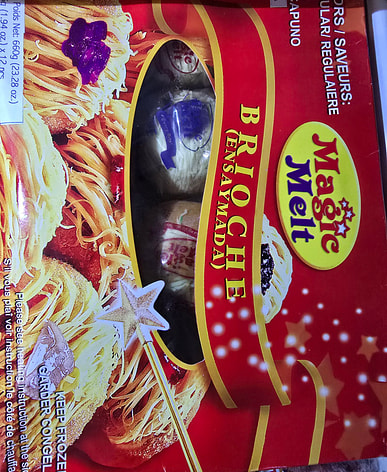 love the variety
love the variety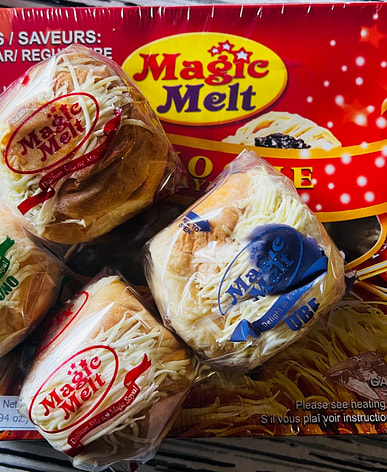 Microwaved for 15 seconds - light, moist and rich tasting. All four flavors taste good.
Microwaved for 15 seconds - light, moist and rich tasting. All four flavors taste good.
Popular recipes
Filipino Muhlach Ensaymada Stir Fry
This stir fry is a delightful fusion of Filipino and Asian flavors, with the sweet and buttery Filipino Muhlach Ensaymada adding a unique twist to the dish. Served over steamed rice, it's a quick and easy meal to enjoy!
Asian Style Instant Pot Rice
This dish is a comforting and flavorful rice dish made with fragrant Asian spices and the delicious Filipino Muhlach Ensaymada. Cooked to perfection in the Instant Pot, it's a great option for a tasty and convenient meal.
Filipino Muhlach Ensaymada Rice Cooker Congee
Warm and soothing, this congee is made with hearty Asian rice and chunks of Filipino Muhlach Ensaymada for a touch of sweetness. Perfect for a comforting meal on a chilly day!
Filipino Muhlach Ensaymada near me
Frequently asked questions
What is Filipino Muhlach Ensaymada?
Filipino Muhlach Ensaymada is a type of Filipino pastry that is a soft and buttery sweet bread, topped with butter, sugar, and cheese.
How do you serve Ensaymada?
Ensaymada is best served warm and can be enjoyed on its own or with a hot cup of coffee or tsokolate (Filipino hot chocolate).
Is Ensaymada similar to a cinnamon roll?
While Ensaymada and cinnamon rolls are both sweet bread pastries, they have different flavors and toppings. Ensaymada is typically topped with butter, sugar, and cheese, while cinnamon rolls are topped with cinnamon and sugar.
How long does Ensaymada last?
Ensaymada can be stored at room temperature in an airtight container for up to 3 days. It can also be frozen for longer storage.
Is Ensaymada gluten-free?
Traditional Ensaymada is made with wheat flour, so it is not gluten-free. However, there are gluten-free versions available.
What are the different variations of Ensaymada?
There are many variations of Ensaymada, including toppings like salted egg, ube (purple yam), and even chocolate.
Can I make Ensaymada at home?
Yes, Ensaymada can be made at home using a basic sweet bread recipe and topping it with butter, sugar, and cheese.
Where can I buy Filipino Muhlach Ensaymada?
You can buy it at Weee! Asian Market, www.sayweee.com.
How do you pronounce Ensaymada?
En-say-ma-da.
Is Ensaymada a dessert?
Ensaymada is often served as a dessert or snack due to its sweet flavor, but it can also be enjoyed as a breakfast treat.
Is Ensaymada a traditional Filipino dish?
Ensaymada is a popular and beloved pastry in the Philippines, often enjoyed during special occasions and holidays.
Can I reheat Ensaymada?
Yes, you can reheat Ensaymada in the microwave for a few seconds or in the oven at a low temperature until warm.
Is Ensaymada vegan?
Traditional Ensaymada contains butter, which is a dairy product, making it not vegan. However, there are vegan versions available.
How many calories are in a serving of Ensaymada?
The calorie content of Ensaymada can vary depending on the size and ingredients used, but it is generally a high-calorie treat due to the butter and sugar content.
What is the origin of Ensaymada?
Ensaymada is believed to have been brought to the Philippines by Spanish colonizers and has since been adapted to suit Filipino tastes and ingredients.
Popular reviews
 yummies! wish they were bigger size
yummies! wish they were bigger size Very cheesy treats!
Very cheesy treats! Tastes like home
Tastes like home So good, worth the price. ;)
So good, worth the price. ;) Came in great condition! Good packaging!
Came in great condition! Good packaging! Been buying this when they go on sale. I like it because of its superior texture (soft, moist, and fluffy) and generous cheese topping.
Been buying this when they go on sale. I like it because of its superior texture (soft, moist, and fluffy) and generous cheese topping. Muhlach Ensaymada Cheddar Cheese Flavor is good and cheesy.
Muhlach Ensaymada Cheddar Cheese Flavor is good and cheesy. It’s so yummy
It’s so yummy The one with one is better for me
The one with one is better for me Fresh and delicious. Cheaper than other sellers.
Fresh and delicious. Cheaper than other sellers. Really yummy
Really yummy Muhlac ensaymada is one of my absolute favorites!!! The texture, the cheese, and how soft the bread is — it just melts in your mouth! It’s sooo worth it! I’ll definitely be buying more in the future! As you can see… 3 ensaymadas are already gone!
Muhlac ensaymada is one of my absolute favorites!!! The texture, the cheese, and how soft the bread is — it just melts in your mouth! It’s sooo worth it! I’ll definitely be buying more in the future! As you can see… 3 ensaymadas are already gone! Yummy this muclach tastes amazing.
Yummy this muclach tastes amazing. I bought different flavors for potluck! So good! I’m glad that it’s individually wrapped.
I bought different flavors for potluck! So good! I’m glad that it’s individually wrapped. Cant wait to have this, all good conditions and perfectly delivered!
Cant wait to have this, all good conditions and perfectly delivered! Craving satisfied!
Craving satisfied! The bread is so soft and cheesy
The bread is so soft and cheesy Coffee in the morning and dessert before bed are delicious, hehe
Coffee in the morning and dessert before bed are delicious, hehe They were good. Different with cheese.
They were good. Different with cheese. Just as I wanted
Just as I wanted Ordered a lot
Ordered a lot Looks delicious
Looks delicious Just received today. Definitely will enjoy this famous snacks from the Philippines. Thank you Weee!
Just received today. Definitely will enjoy this famous snacks from the Philippines. Thank you Weee! This was worth buying! It’s really yummy. Small but size but still good
This was worth buying! It’s really yummy. Small but size but still good nice and soft
nice and soft Was skeptical coz I used to get the Mulach brand however tried one today not bad at all !
Was skeptical coz I used to get the Mulach brand however tried one today not bad at all ! My first time to buy this. I’ll see…
My first time to buy this. I’ll see… For this being only $13.99 you get a variety flavors of 3 regular, 3 ube, 3 macapuno, and 3 yema is so worth it. And I love how individually pack so I can just eat it anytime.
For this being only $13.99 you get a variety flavors of 3 regular, 3 ube, 3 macapuno, and 3 yema is so worth it. And I love how individually pack so I can just eat it anytime. love the variety
love the variety Microwaved for 15 seconds - light, moist and rich tasting. All four flavors taste good.
Microwaved for 15 seconds - light, moist and rich tasting. All four flavors taste good. It was delivered and put it in the freg . I cnt wait to eat them
It was delivered and put it in the freg . I cnt wait to eat them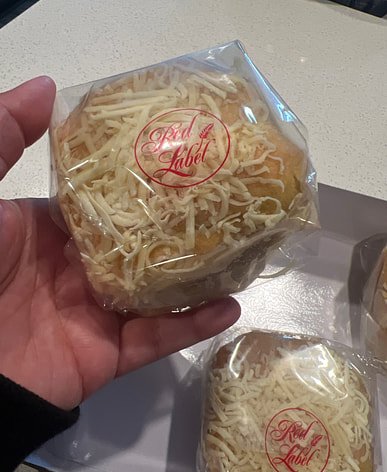 Taste great. Soft and moist just like it was bought fresh. Would definitely buy again.
Taste great. Soft and moist just like it was bought fresh. Would definitely buy again.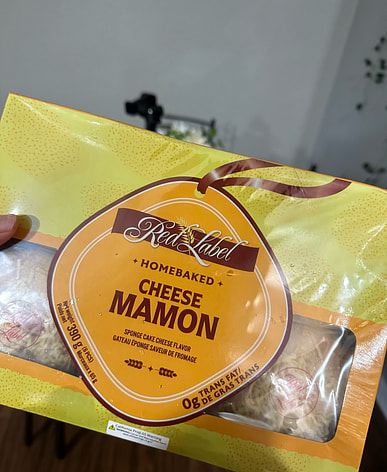 It was delivered on time and it was so good , my family loved it!
It was delivered on time and it was so good , my family loved it!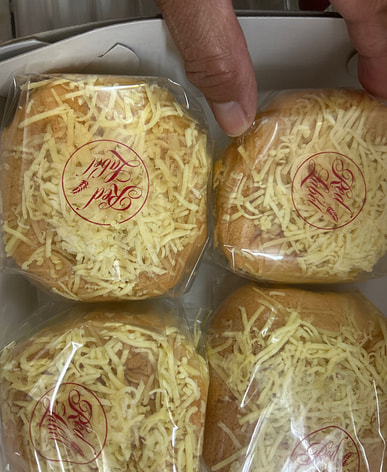 My favorite afternoon snack goes well with coffee. Very soft and cheesy- just the right size! There is six pastries in the box. It stores well because i keep it in the refrigerator.
My favorite afternoon snack goes well with coffee. Very soft and cheesy- just the right size! There is six pastries in the box. It stores well because i keep it in the refrigerator.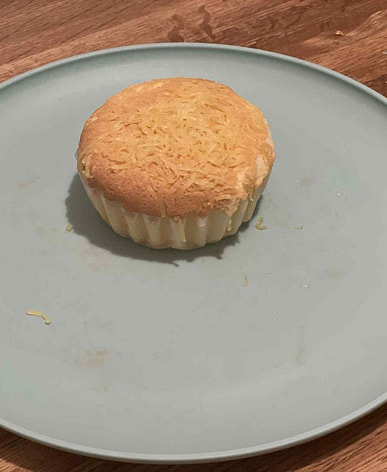 Delicious cheese sponge cake
Delicious cheese sponge cake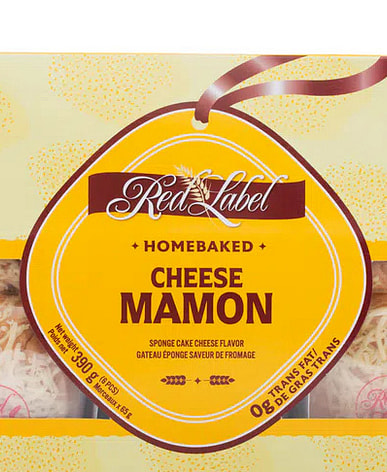 My favorite purchased so good!
My favorite purchased so good!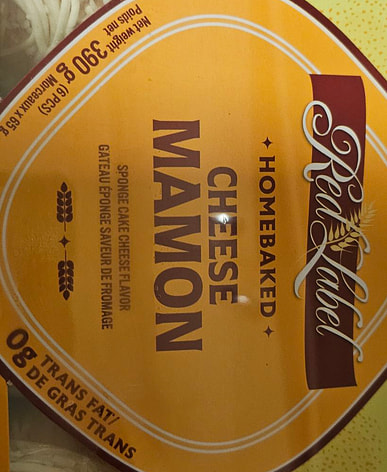 taste yummy!
taste yummy!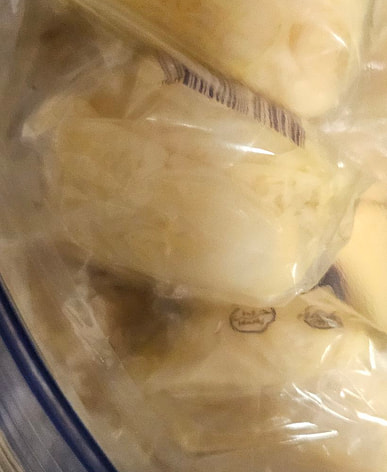 just a few seconds to microwave . yum!
just a few seconds to microwave . yum!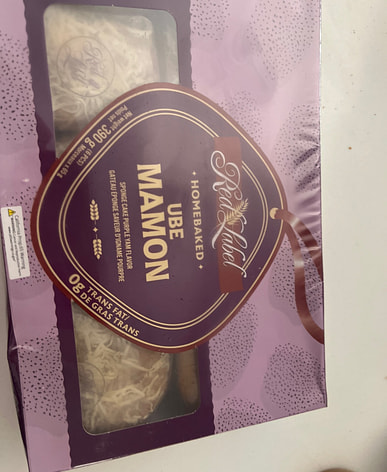 My first time to buy Ube mamon. Hope it’s good!
My first time to buy Ube mamon. Hope it’s good!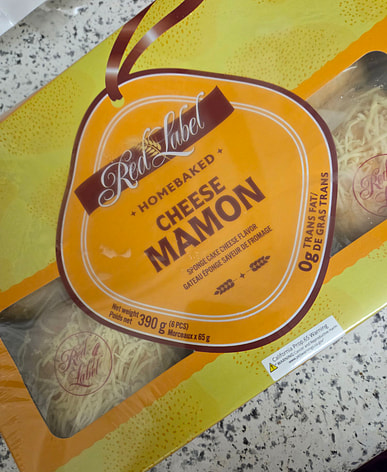 I bought it because it had good reviews! It was delicious!
I bought it because it had good reviews! It was delicious! Loved the texture and flavor. This is my second purchase. Yum!
Loved the texture and flavor. This is my second purchase. Yum!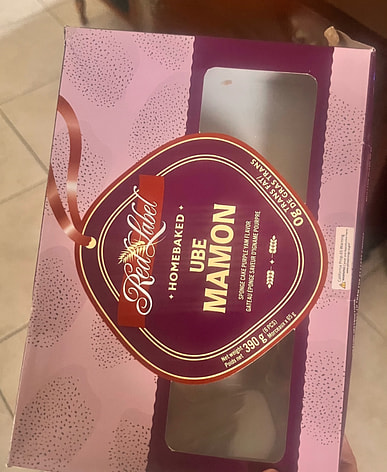 Oooopss..its gone because i cant stop eatingmy father in law likes it too
Oooopss..its gone because i cant stop eatingmy father in law likes it too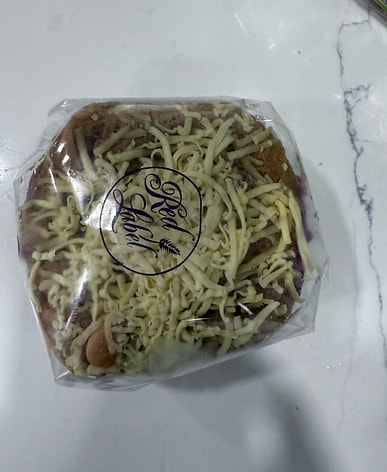 It’s really good. Soft and moist. Not very sweet. There are only 6 in the box.
It’s really good. Soft and moist. Not very sweet. There are only 6 in the box.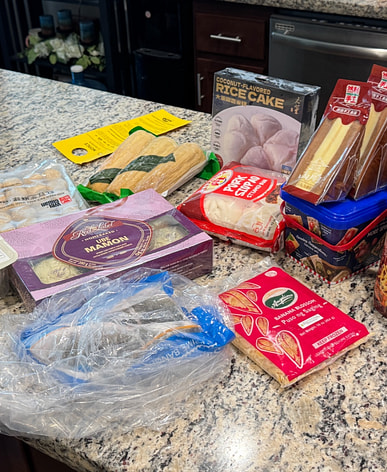 Ube cup cakes or (mamon)was so good
Ube cup cakes or (mamon)was so good Arrived in good shaped! Can't wait to try
Arrived in good shaped! Can't wait to try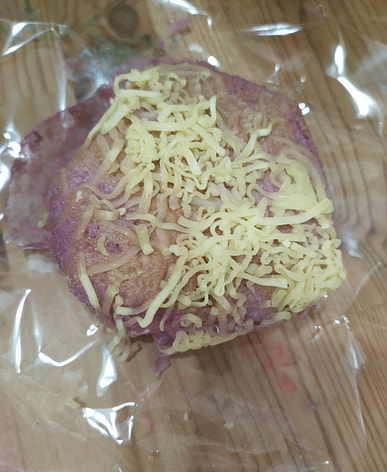 It's delicious, much better than those Mexican and American ones.
It's delicious, much better than those Mexican and American ones.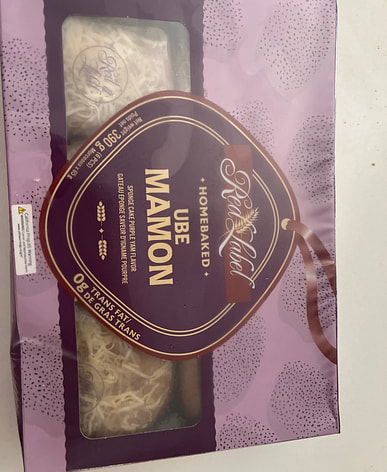 My first time to buy this. I hope it’s good.
My first time to buy this. I hope it’s good. I read the reviews on Red label Brand Ube Mamon Sponge Cake was quite good. The flavor is quite strong . I was surprised to find that it tasted really sweet. It’s a good pastry ..
I read the reviews on Red label Brand Ube Mamon Sponge Cake was quite good. The flavor is quite strong . I was surprised to find that it tasted really sweet. It’s a good pastry .. The best hopia! Perfect with a cup of tea or coffee .
The best hopia! Perfect with a cup of tea or coffee .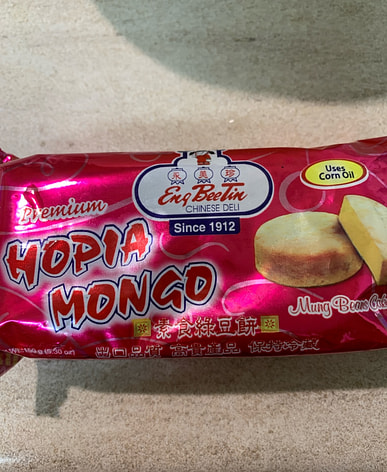 Got 5 of this!
Got 5 of this!


























